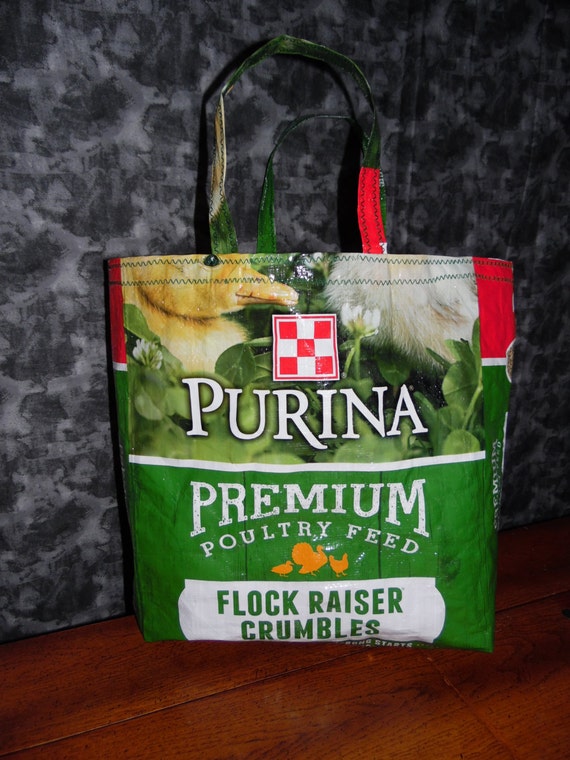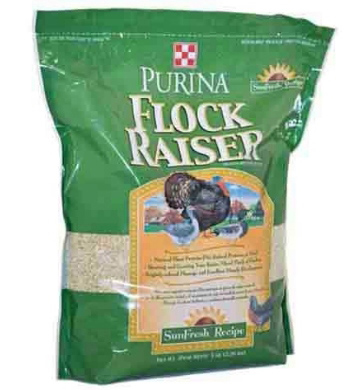

Week 18: At what age do chickens start laying eggs? Look for a chicken layer feed that matches your flock goals – whether that’s Purina ® Organic Layer Pellets or Crumbles, Purina ® Layena ® Omega-3, Purina ® Layena ® Pellets or Purina ® Layena ® Crumbles. In any case, be sure the layer feed is made with simple, wholesome ingredients and includes 16 percent protein, at least 3.25 percent calcium as well as key vitamins and minerals. This added calcium is important for egg production. At this point, consider layer feed options so you can make a smooth transition.Īs compared to starter-grower, a layer chicken feed has less protein and more calcium. Weeks 16-17: When to switch from chick starter to layer feedĪround weeks 16-17, people begin to check their nesting boxes for the coveted first egg. Too much calcium can have a detrimental effect on growth, but a complete starter feed has just the right balance for growing birds. Along with 18 percent protein, make sure the feed contains no more than 1.25 percent calcium. Between weeks 7 and 15, the physical differences between genders will become even more obvious.Ĭontinue to feed a complete starter-grower feed, like Purina ® Organic Starter-Grower, Purina ® Start & Grow ® Medicated or Purina ® Start & Grow ® Non-Medicated, during the teenage stage. Pullet is the term for a teenage female, while a young male is called a cockerel. Growing birds are now referred to differently. Weeks 5-15: The teenage chicken stageĭuring weeks 5 and 6, chicks will go through visible growth changes, including new primary feathers and a developing pecking order. Medicated feeds like Purina ® Start & Grow ® Medicated, are not impacted by the Veterinary Feed Directive and can be purchased without a veterinarian. If chicks were not vaccinated for coccidiosis by the hatchery, choose a medicated chick starter feed. The feed should also include amino acids for chick development, prebiotics and probiotics for immune health, and vitamins and minerals to support bone health.Ĭhicks are also susceptible to illness. Start your birds strong by providing a complete starter-grower feed with at least 18 percent protein to support chick growth. We recommend using these six chicken growth milestones as a roadmap to creating a complete feeding program: 1. While your flock won’t be buying their first new car any time soon, each bird will also go through important growth stages. Key moments also happen for backyard chickens.

Each stage signals nutrition changes for your flock’s complete chicken feed. From baby chick to retirement, there are six important chicken growth stages.

As you get started on the journey of raising backyard chickens, it’s fun to look forward to the milestones you will celebrate with your flock.


 0 kommentar(er)
0 kommentar(er)
